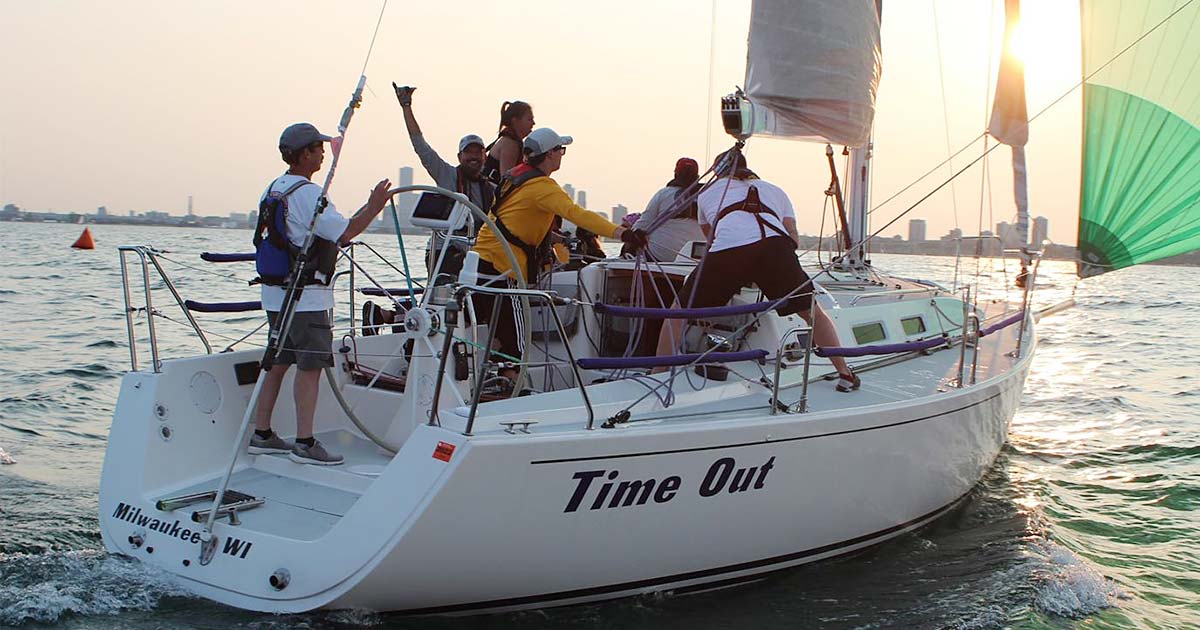Whether on a sailboat, in the workplace, or throughout life, I’ve learned there’s one critical mental health skill everyone must learn to encourage smooth sailing.
We must understand what factors around us are in our control and which are out of our control.
You have no time to debate whether something is in your control while navigating a sailboat through stormy waters. The whole crew’s safety rides on each sailor showing up focused and motivated.
That’s why as a sailboat captain, I must recognize which broader caretaking tasks are under my control.
If a sailor shows up visibly burned out for their time at watch, I must ensure their wellbeing comes first so the entire crew’s wellbeing won’t suffer.
What do you think would happen if I didn’t send that person down below for some rest?
Even one sailor’s lack of motivation, attention, energy, and cognitive function could lead to unthinkable disaster on the water.
Sadly, most corporate leaders never fully acknowledge that the mental and emotional wellbeing of their team falls under their realm of control.
Just like the sailor, one team member’s symptoms of burnout will create a ripple effect across the entire team. Not only will their own work suffer, but it will lead to further slowdowns and spread negativity throughout the entire workplace.
That’s why every true steward leader understands they’re at the helm of preventing burnout in the workplace.
Preventing Burnout in the Workplace is Key to Employee Engagement
You may have heard that employee burnout has reached record levels during the pandemic. Burned-out workers are not engaged in daily tasks, so this truly demonstrates the impact of preventing burnout in the workplace on productivity.
Plus, burnout spreads. Remote work environments prevent one team member from showing up to work visibly burned out and spreading the negativity to others. However, working from home also creates other stressors that workers might find particularly challenging. It all depends on the individual.
The same logic applies to every workplace, age group, and company: Prevent burnout in the first place and organization-wide productivity will skyrocket.
Preventing Burnout in the Workplace is a Steward Leader’s Responsibility
As a leader, it’s your job to prevent burnout in the workplace.
Specifically, preventing burnout in one team member so it doesn’t spread to the entire workplace – much like water that gets inside a sailboat.
I know what you’re thinking. “You’re saying it’s my job to watch every single person’s mental wellness, really now?” Yes. Leaders understand their role as the caretaker of everyone across their team.
It doesn’t mean becoming overly parental in everyone’s personal lives or emotions. It does, however, go back to understanding your own control over their mental and emotional wellbeing at work.
“But I don’t scream and punish people.” You don’t have to. Everyone struggles to meet the organization’s expectations and their own internalized work expectations that you’re responsible for enforcing.
You might be the kindest leader in the industry already, but you also must acknowledge your role as each team member’s psychological caretaker in the workplace.
Change Your Mindset Towards Monitoring Stress and Caretaking in the Workplace
Now you’re probably wondering how a steward leader could manage the mental and emotional wellness of each person across a team.
First, think about the negative emotions within your control as a leader, specifically stress and overworking.
Just like the captain of a vessel must promote downtime and diversion to keep the crew fresh and alert, a corporate leader must monitor the stress levels across their team – both individually and holistically.
Doing so ensures you can prevent burnout in the workplace by plugging the leak at its source, keeping your team productive and enthusiastic.
Start by learning the key signs of burnout so you can identify and gently rectify them as they arise:
- Cynical attitude
- Overly critical of themselves or others
- Irritability
- Impatience
- Lower energy than normal
- Trouble concentrating and focusing
- Disillusionment
- Unable to sit still or constantly chatting
- No satisfaction in their achievements
Sometimes this involves placing a team member in a new role with tasks suited for them. Others, it means talking to them about realistic expectations for themselves and the importance of self-care.
Stewards Use StrengthsFirst Leadership to Prevent Added Burnout in the Workplace
Ideally, you want to avoid creating the conditions that drive someone to burnout in the first place. A steward leader also understands that, like burnout, all types of negative emotion and energy spread.
If a captain pointed out the weaknesses of each crewmate constantly, the whole crew would sail in a state of perpetual fear and despair.
That’s why another critical part of stewardship, and preventing burnout, is adapting a StrengthsFirst mindset regarding yourself and your team.
With strengths leadership, we take time to learn each team member’s unique strengths. Make it your job to encourage each person’s strengths and help them to partner up with people that can offset areas that they are less strong in – anywhere you can.
This type of caretaking in the workplace – placing each team member in the right environment to thrive – is another psychological wellness component totally within our control as leaders.
It’s much easier to set your team up for productivity and avoid any burnout when each person’s working in “their element.”
Take the First Step Learning the StrengthsFirst Leadership Mindset and Transforming into a Steward
Becoming a steward leader with an eye to preventing burnout in the workplace doesn’t come overnight from reading a book or list of tips.
It takes dedication and time to change your mindset and communication style, especially the part that involves switching to the critical StrengthsFirst leadership.
A hands-on sailing workshop on the open water offers the perfect exposure to enhance your current leadership mindset and adapt the steward leader’s approach. That’s what we do at Full Sail Leadership, along with our comprehensive team-building program, to create a generation of steward leaders of all ages.
Join me and the Full Sail Leadership team for a workshop providing experience on the water and knowledge in the classroom. Sign up for a Full Sail Leadership workshop now! Or join us this Spring in the beautiful Florida Keys aboard the historic General Patton’s WhenandIf sailboat.

 (c) 2021 Full Sail Leadership Academy
(c) 2021 Full Sail Leadership Academy
 (c) 2020 Full Sail Leadership Academy
(c) 2020 Full Sail Leadership Academy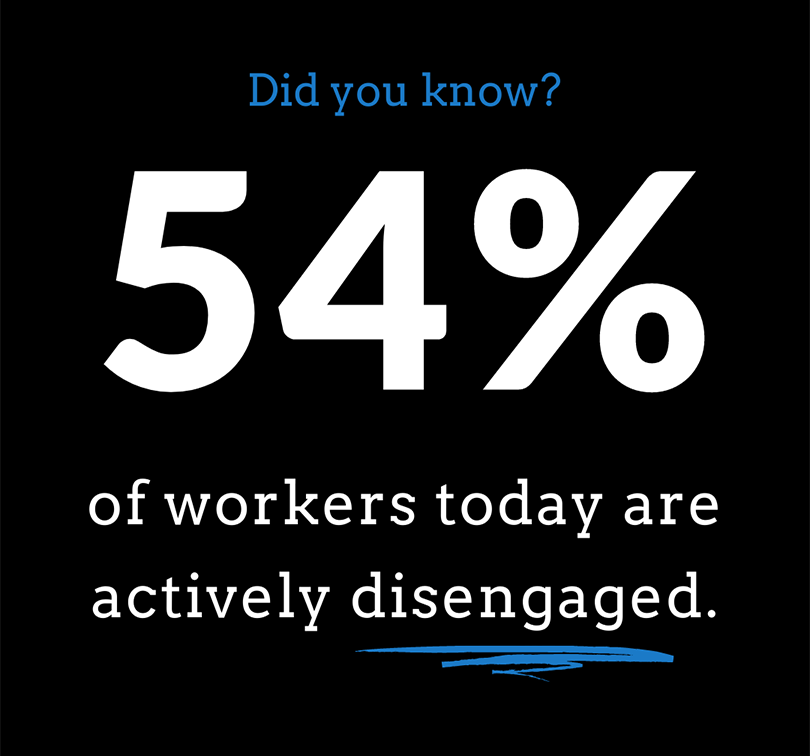
 (c) 2020 Full Sail Leadership Academy
(c) 2020 Full Sail Leadership Academy
 (c) 2021 Full Sail Leadership Academy
(c) 2021 Full Sail Leadership Academy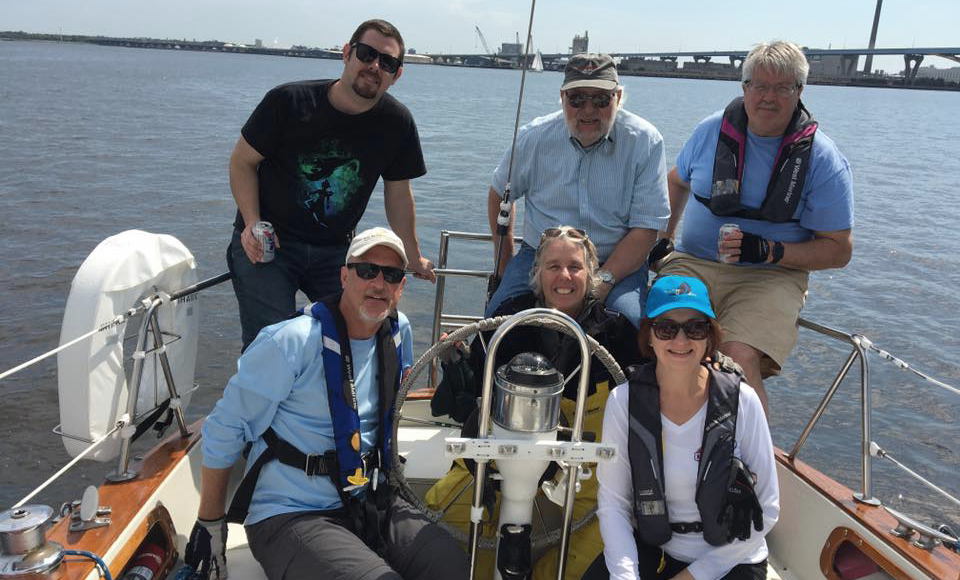
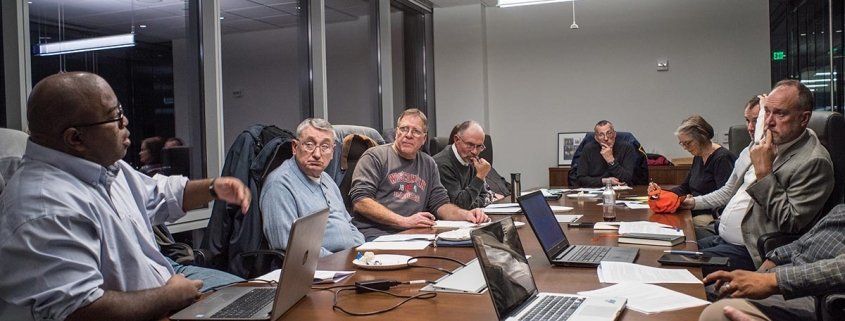 (c) 2020 Full Sail Leadership Academy
(c) 2020 Full Sail Leadership Academy
 (c) 2020 Full Sail Leadership Academy
(c) 2020 Full Sail Leadership Academy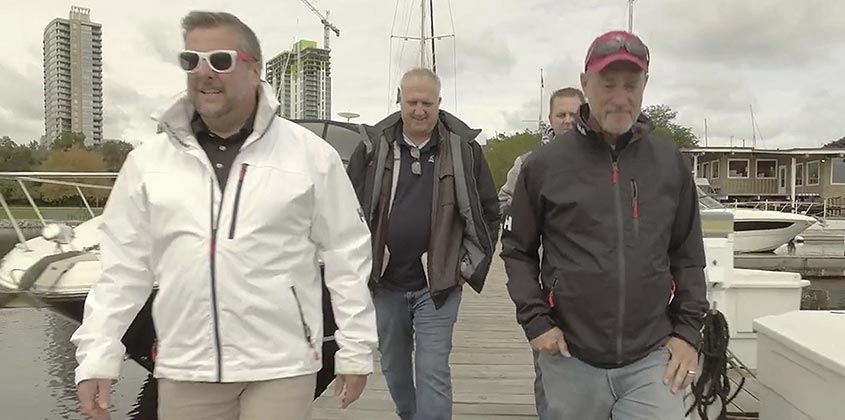
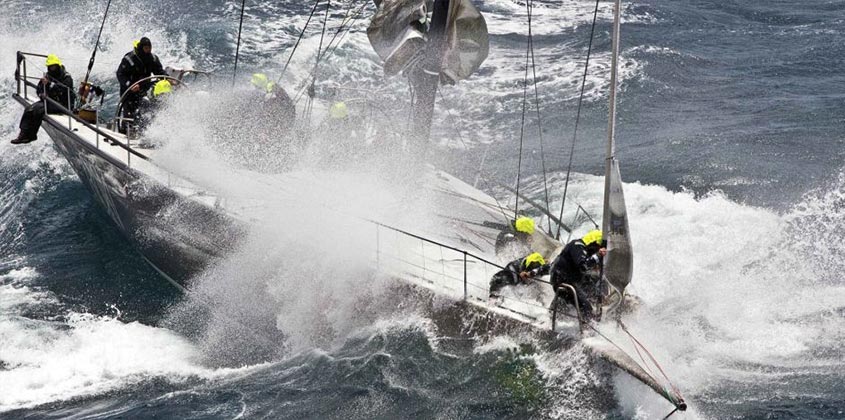
 (c) 2020 Full Sail Leadership Academy
(c) 2020 Full Sail Leadership Academy
 (c) 2019 Full Sail Leadership Academy
(c) 2019 Full Sail Leadership Academy
 (c) 2019 Full Sail Leadership Academy
(c) 2019 Full Sail Leadership Academy